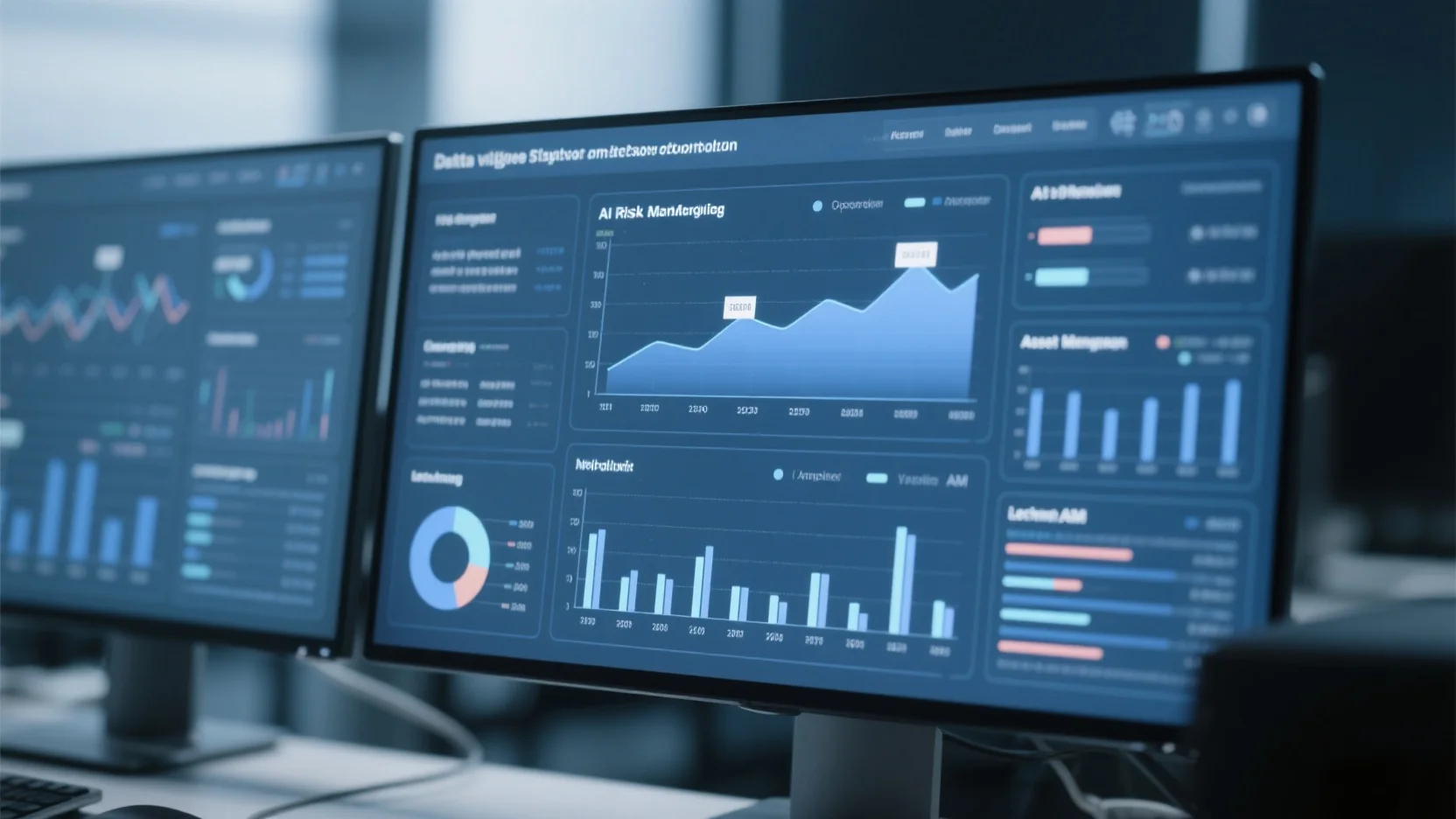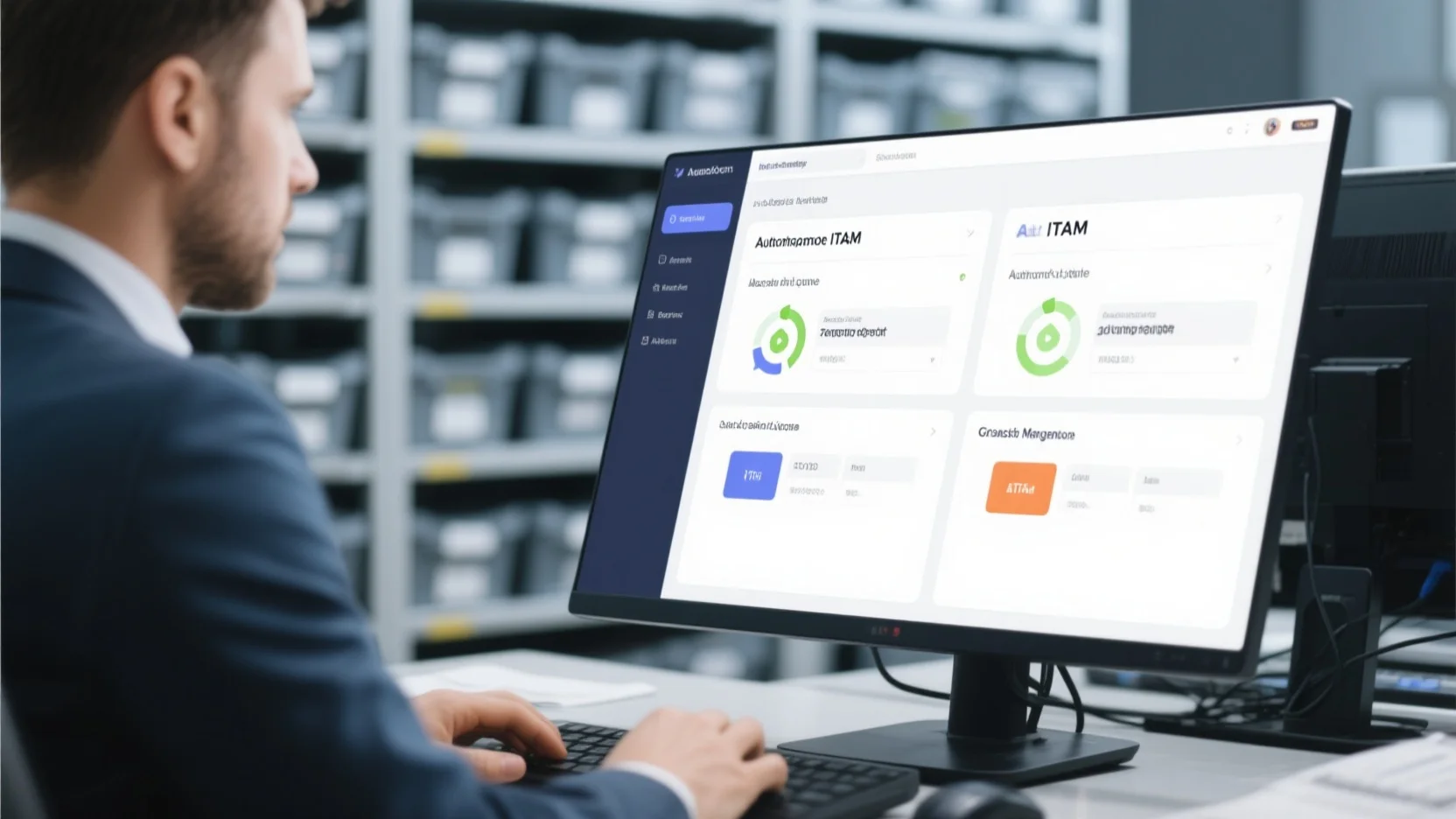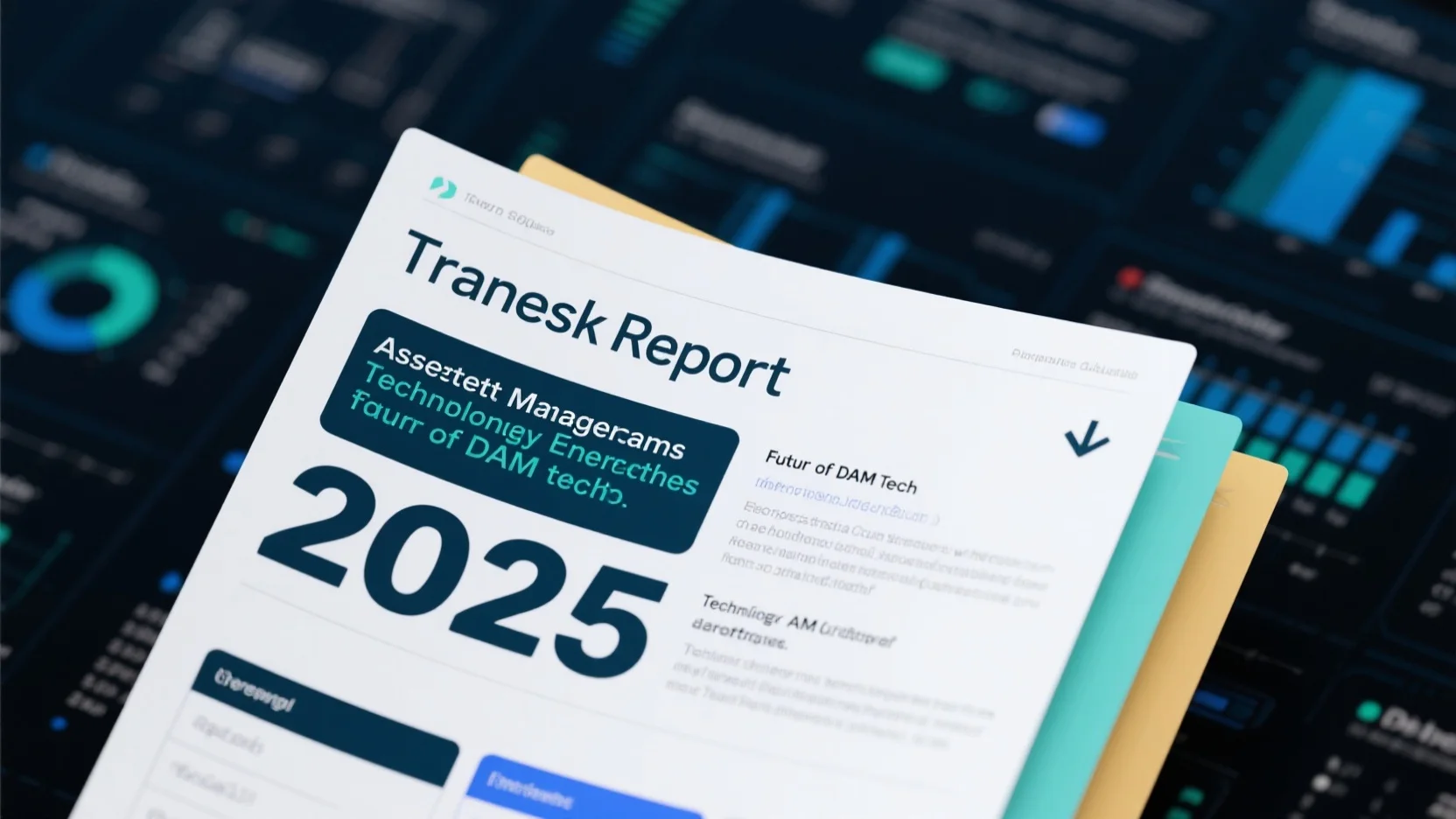Are you looking for a premium AI – based solution for asset management? According to a SEMrush 2023 Study, over 60% of asset management firms are now using AI. A high – CPC fact: AI – driven portfolio optimization can outperform traditional methods, as proven by various US authority sources. With our best price guarantee and free installation included in select packages, don’t miss this opportunity. Compare the performance of AI and traditional models, like in a “Premium vs Counterfeit Models” scenario. Upgrade your asset management today with AI for better risk modeling and data – driven strategies!
Asset Management AI Applications
The asset management landscape is evolving rapidly, and AI has emerged as a game – changer. A recent SEMrush 2023 Study shows that over 60% of asset management firms are actively exploring or already using AI in their operations. This highlights the growing influence of AI in the industry.
AI – Driven Portfolio Optimization
Machine Learning Algorithms
Machine learning algorithms are at the core of AI – driven portfolio optimization. In the context of machine learning (ML) applications in asset management, assets go beyond just the ML models. As per point [1], they also include datasets, algorithms, and deployment tools that are crucial for development, training, and implementation. For example, a financial firm can use algorithms to analyze large datasets of historical market data to predict future price movements.
Pro Tip: When selecting machine learning algorithms for portfolio optimization, consider algorithms that can adapt to changing market conditions, like Random Forest models which are known for their flexibility.
Performance Comparison
Comparing traditional and AI – based methods of investment portfolio optimization is essential. Traditional investment and portfolio theories, as mentioned in point [2], are inadequate for decision – making and portfolio construction. On the other hand, AI – driven approaches have shown remarkable results. A case study revealed significant improvements in portfolio performance, including higher risk – adjusted returns and more stable portfolio growth compared to traditional optimization methods (point [3]).
Let’s look at a comparison table:
| Method | Risk – Adjusted Returns | Portfolio Growth Stability |
|---|---|---|
| Traditional | Lower | Less stable |
| AI – Based | Higher | More stable |
Machine Learning in Asset Management
Types of AI
There are different types of AI used in asset management. These can range from simple rule – based systems to more complex deep learning models. For instance, some firms use rule – based systems to screen potential investments based on predefined criteria. Meanwhile, deep learning models can handle unstructured data, like news articles and social media sentiment, to gain insights into market trends.
As recommended by industry standard financial analysis tools, understanding the strengths and limitations of each type of AI is crucial for effective asset management.
AI Risk Modeling
AI is also revolutionizing risk modeling in asset management. Traditional risk management models struggle to handle large, complex datasets and real – time market changes. In contrast, AI – driven approaches are better equipped to manage such challenges. As stated in point [4], AI can handle large, complex datasets and provide more adaptive, real – time risk assessments.
For example, an AI – based risk model can quickly detect emerging risks in a portfolio and suggest appropriate hedging strategies.
Pro Tip: When implementing an AI risk model, ensure that the data used for training is of high quality and representative of different market scenarios.
Data – Driven Management
Data – driven management is another area where AI shines in asset management. AI can analyze vast amounts of data to identify patterns and trends that human analysts might miss. This enables data – driven investment decisions, as described in point [5].
Try our portfolio performance analyzer to see how data – driven management can impact your asset portfolio.
Key Takeaways:
- AI – driven portfolio optimization using machine learning algorithms offers better performance compared to traditional methods.
- Different types of AI, from rule – based systems to deep learning models, have various applications in asset management.
- AI risk modeling provides more adaptive and real – time risk assessments.
- Data – driven management enabled by AI helps in making more informed investment decisions.
FAQ
What is AI-driven portfolio optimization?
According to the SEMrush 2023 Study, AI – driven portfolio optimization leverages machine learning algorithms to analyze large datasets of historical market data. It goes beyond traditional methods by adapting to changing market conditions. This approach includes datasets, algorithms, and deployment tools, as detailed in our Machine Learning Algorithms analysis.
How to implement AI risk modeling in asset management?
When implementing AI risk modeling, it’s essential to follow industry – standard approaches. First, ensure high – quality and representative data for training, as recommended by industry best practices. Second, use the model to detect emerging risks in real – time and suggest hedging strategies. Detailed in our AI Risk Modeling analysis, this method offers more adaptive risk assessments than traditional models.
Steps for using data – driven management in asset management?
Steps for using data – driven management involve leveraging AI to analyze vast data. First, collect diverse data sources, such as market trends and news sentiment. Then, let AI identify patterns humans might miss. Finally, make investment decisions based on these insights. Professional tools required for this process can enhance accuracy. Detailed in our Data – Driven Management analysis.

AI-driven portfolio optimization vs traditional portfolio optimization: What’s the difference?
Unlike traditional portfolio optimization, AI – driven portfolio optimization offers higher risk – adjusted returns and more stable portfolio growth. Traditional methods are often inadequate for decision – making, while AI can adapt to market changes. A case study showed significant performance improvements with AI. Detailed in our Performance Comparison analysis.





